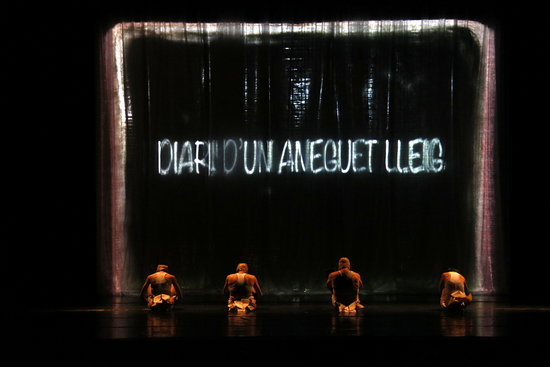‘All performing arts genres’ covered at theatre festival in Igualada
53 companies on schedule for 29th edition of La Mostra d’Igualada

The curtain has gone up on the 29th edition of La Mostra d’Igualada. The children and young people’s theatre festival in the western Catalan city prides itself on being a “major showcase of the best productions” attracting “around 36,000 spectators.”
For the coming days, Igualada is set to be a hub for creativity. Organizers of the performing arts market have selected 53 productions including everything from theatre to circus (and all in between,) with acts taking place in theatres and on the streets. In fact, as it states on the Mostra’s website, “the festival encompasses all performing arts genres.” On the agenda include many Catalan productions, but also companies from Spain and beyond.
To get spectators into the groove, this year’s edition kicked off with ‘Diario di un brutto anatroccolo’ of the Italian theatre company Factory Compagnia Transadriatica. Meaning Diary of an ugly duckling in English, and inspired by the ugly duckling tale itself, the work covers a diverse range of themes such as love and family, bullying and war, birth and death… through the eyes of an ugly duckling on a journey of self-discovery.
According to the director, it is a work in which diversity is key, with the lead role played by a young actress with Down Syndrome.
Creative business
Also present at the event are more than 700 industry professionals on the prowl for new acts, as being a market, the Mostra is also a place of business like any other.
“It is a meeting point and reference for all professionals dedicated to the performing arts for all audiences,” said Òscar Balsells, executive director of the Mostra.
According to Balsells, professionals “take advantage of contacts regarding contracts, projects, and programming.”